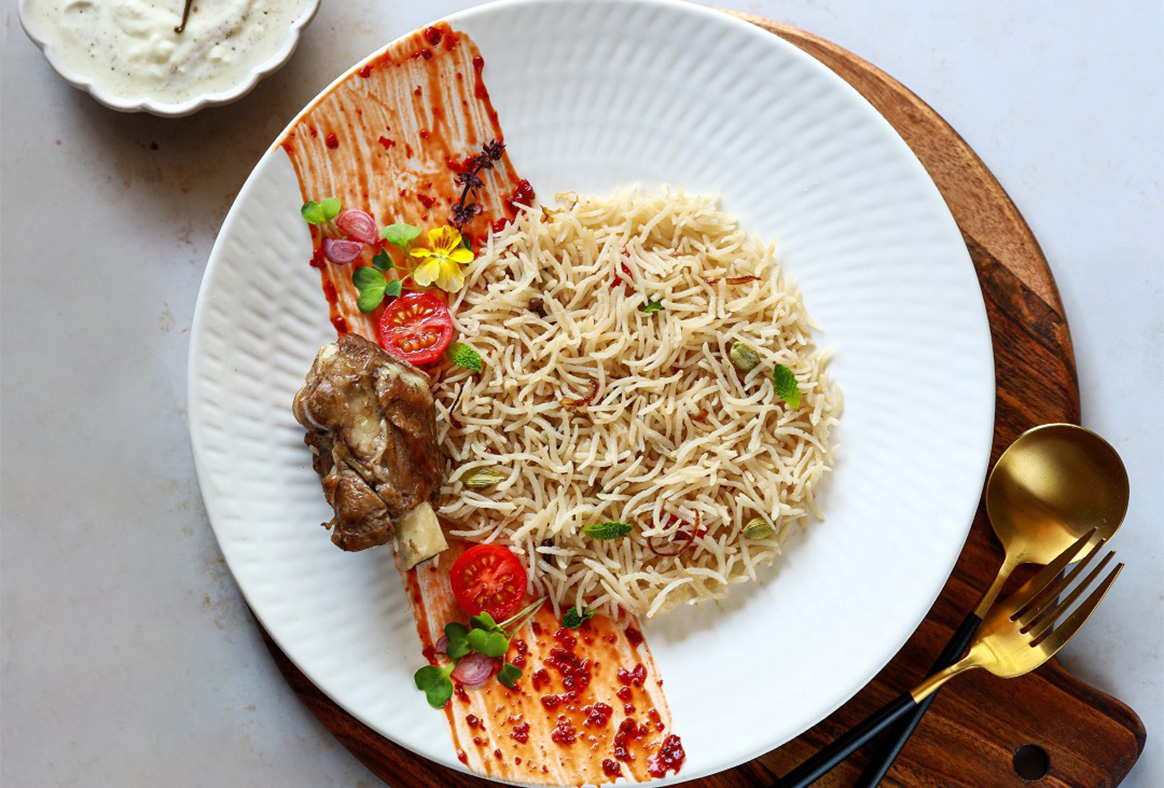Do food presentation and plating techniques matter? In short, yes. Read on to learn the basics of plating your food.

Do food presentation and plating techniques matter?
In short, yes. Read on to learn the basics of plating your food.
Plating is a unique concept in the world of food. There are few if any other things that don’t directly influence the taste of a dish but have a major impact on a customer’s perception of that same plate. A clean, contemporary approach to arranging food offers a sense of professionalism and demonstrates that you care about more than just the basics of your guest’s experience.
The way you present your food is what tempts your guests to try your dish. We eat with our senses: what we see, smell, and feel. And in the age of Instagrammers and food bloggers, plating techniques and food presentation matter more than ever.
Here are the top food presentation and plating techniques
• Create height on the plate: Add structure to your food, don’t separate it and fill your plate. Instead, build from the bottom up.
• Cut meat horizontally: Slice your meat on a 45-degree bias, to show off its quality.
• Play with textures: Play around with different sauces or foams to add a bit of texture to your plate.
• Use contrasting colors: Play with colors and be big on contrast. Also, try using elements like matcha, powdered sugar, or natural colors to catch the eye instead.
• Match presentation to the restaurant theme: The way you plate your food should directly reflect your restaurant type.
• Choose the right plates: Choose a vessel that makes it easier for your guest to eat from.
• Serve smaller portion sizes: Smaller portions are easier to style, and you would want to avoid over-crowding the plate. So, stick to a maximum of 6 elements.
• Use edible garnishes and decorations: Everything on your plate should be placed to elevate the dish's taste first, and the way it looks second.
• When in doubt, keep it simple: Overcrowding the plate with unnecessary elements takes away attention from the food you worked so hard to make. So, keep it minimal and simple.
If you’re a home cook, getting started on plating techniques can be difficult. But there are various tools that you can use to get started, like garnishing kits, molds, plating and precision tongs, shavers, spoons and squeeze bottles. These simple tools can help you elevate your plate and give you the confidence you need to enhance your food creation journey.



